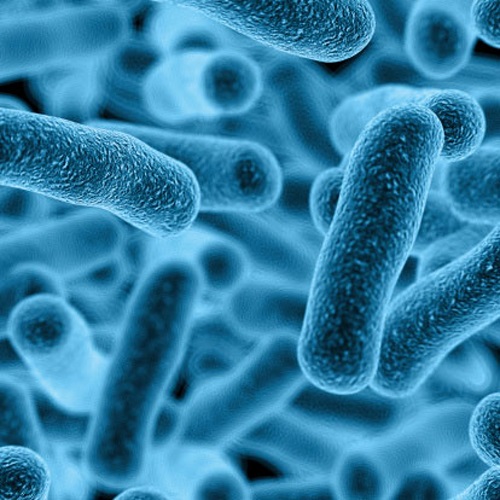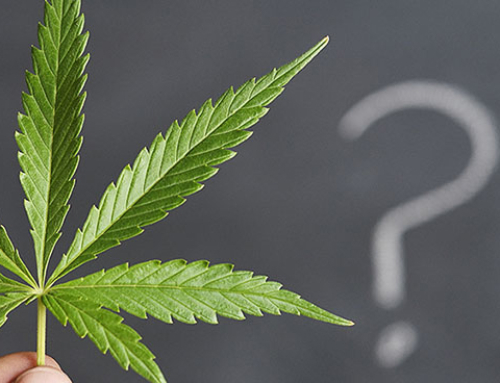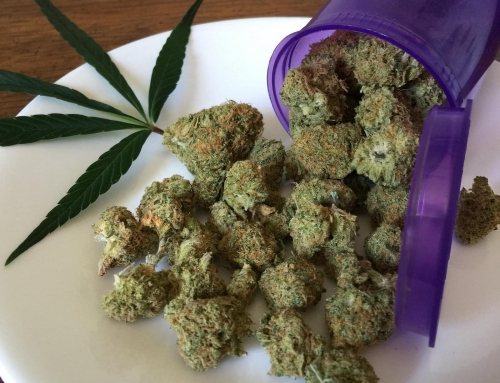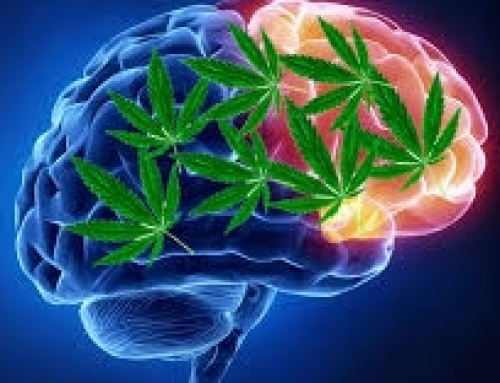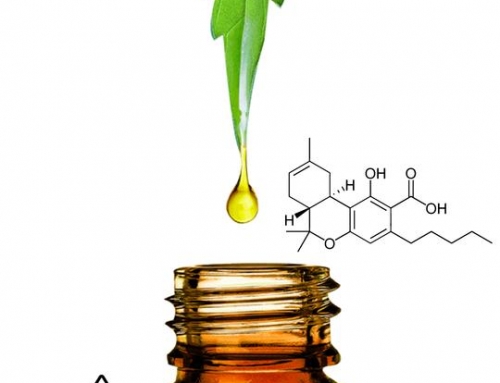Housed within our bodies is a microbiome made up of trillions of microorganisms. It is an ecological community made up of bacteria, fungi, parasites and viruses. These organisms coexist peacefully within the small intestines to a large extent, but they can also be found in the colon and throughout the body. Some of the microbes are helpful and some are pathogenic, but they coexist symbiotically in a healthy body. It’s the balance within the microbiome that is key to healthy somatic operations because an active microbiome stimulates the immune system, protects us against germs, breaks down food to release energy, produces vitamins and synthesizes amino acids. We depend on the balance within this vast army of microbes to stay alive. By imagining an aerial view of a bustling city, we can get an idea of what a microbiome might look like under a microscope: trillions of active organisms (microbiota and microbes) and thousands of other types of microorganisms occupy this active biological community within us.
Thanks to advanced technologies, science has discovered that the human health equation is made up of less than 10% DNA. The remaining 90% plus cells that we rely on are foreign microorganisms living within the body and on the skin. Most of these microorganisms are health supportive and essential and thrive in a balanced environment. The organisms in this crucial microbial community keep a protective balance in many ways: They break down fiber within the large intestines with their digestive enzymes; they provide protection from invasive pathogenic organisms coming from contaminated food or water; they prevent the overgrowth of harmful bacteria in the colon by competing with them for nutrients and attachments sites which results in an immune boost and production of antimicrobial proteins; they manipulate the PH in the colon to limit the growth of harmful bacteria. Beyond stimulating immune advantages, these microbes directly impact glucose and cholesterol levels in the blood.
As we continue to research and get a fuller understanding of our microbiome, we can better respect its functions and importance. In most cases, microbes are allies to our overall health and survival. It is when we introduce antibiotics and disinfectants into the microbiome that the balance shifts away from health. Overuse of antibiotics has brought on a public health crisis as microbes have adapted to a changing ecology. Every species fights for survival and pathogenic microorganisms are not exceptions. Antibiotic resistance is the direct result of bacteria morphing and strengthening in response to antibiotic treatments designed to kill them. Antibiotic resistance is not restricted to one type of bacteria or one type of antibiotic medicine. Nearly all types of bacteria are resilient and have grown immune to the power of many antibiotics that traditionally destroyed them. Medicines that were once fail-safe remedies have now been rendered useless. The problem has gotten so serious that the Center for Disease Control states that there over 23 million deaths a year in the US directly attributed to opportunistic infections that are not treatable due to the overuse of antibiotic medications.
Fortunately, there is current research studying hundreds of different viral and bacterial infections and diseases that have demonstrated CBD’s unequivocal ability to inhibit the growth of both viruses and bacteria in laboratory settings and in humans with progressive disease. In addition, countless published references by leading medical researchers have documented the effectiveness of CBD and terpenes in combating viral, bacterial and fungal infections.

With the inability of current medications to meet the antiviral and antimicrobial challenges facing today’s medical community, full spectrum hemp oil holds promise to reduce symptoms associated with the flu and colds, and to fight common bacterial infections as well as more serious microbial disease threats. While the body utilizes its own endocannabinoids to moderate the immune response to illness, the introduction of full spectrum hemp oil boosts the power of the response, by stimulating the ECS to ease pain and inflammation and empowering the system with a potent tool to fight against the infection’s cause.
Using full spectrum hemp oil supports your natural defenses by giving your endocannabinoid system a huge boost. Specifically, the cannabinoids and terpenes in full spectrum hemp oil have been found to be very helpful in reducing body pain, sinus pressure, headaches, and upset stomachs allowing people to better rest and heal.
Common doses of 15-25 mgs. daily should work to help stimulate a healthy immune system while double that dose is indicated for use by immune comprised individuals.

